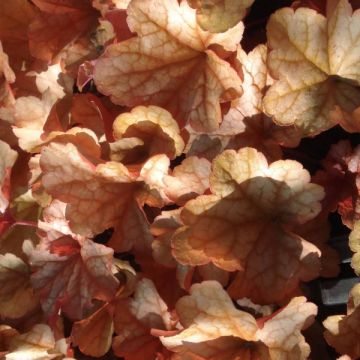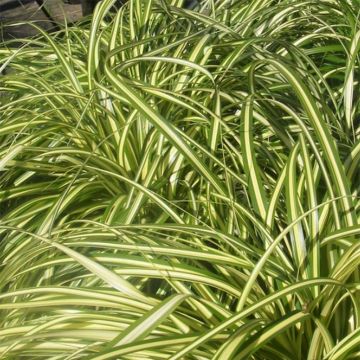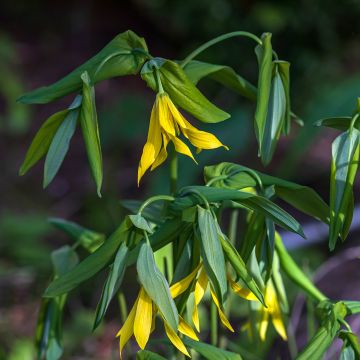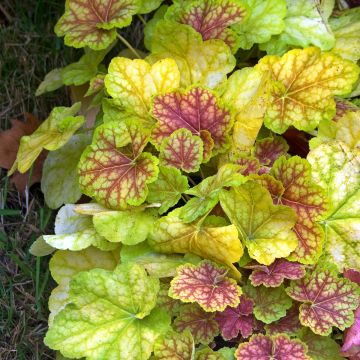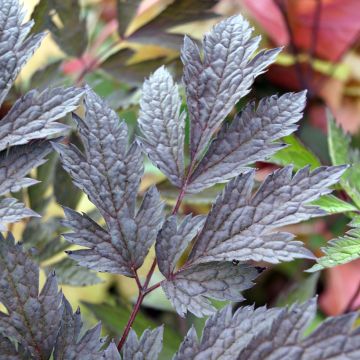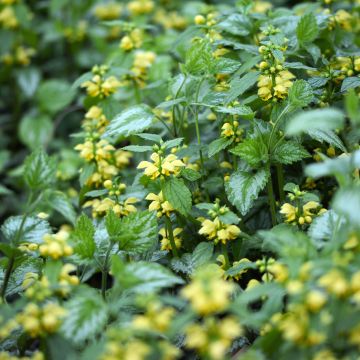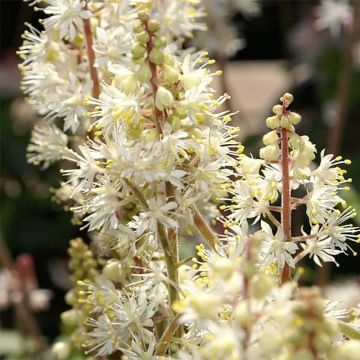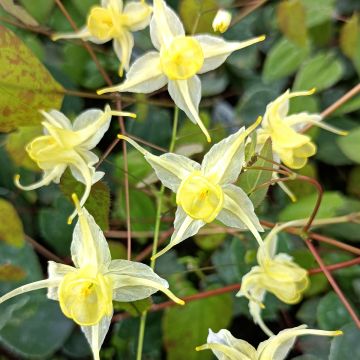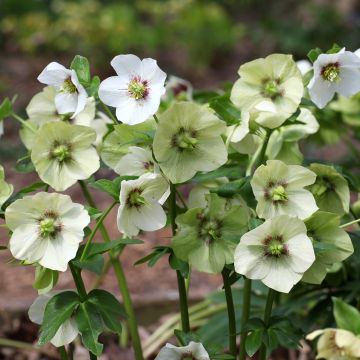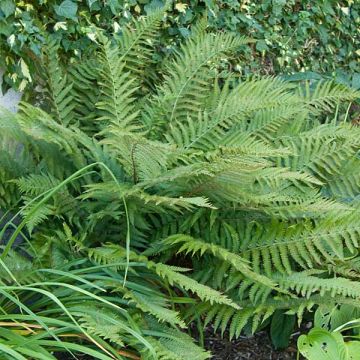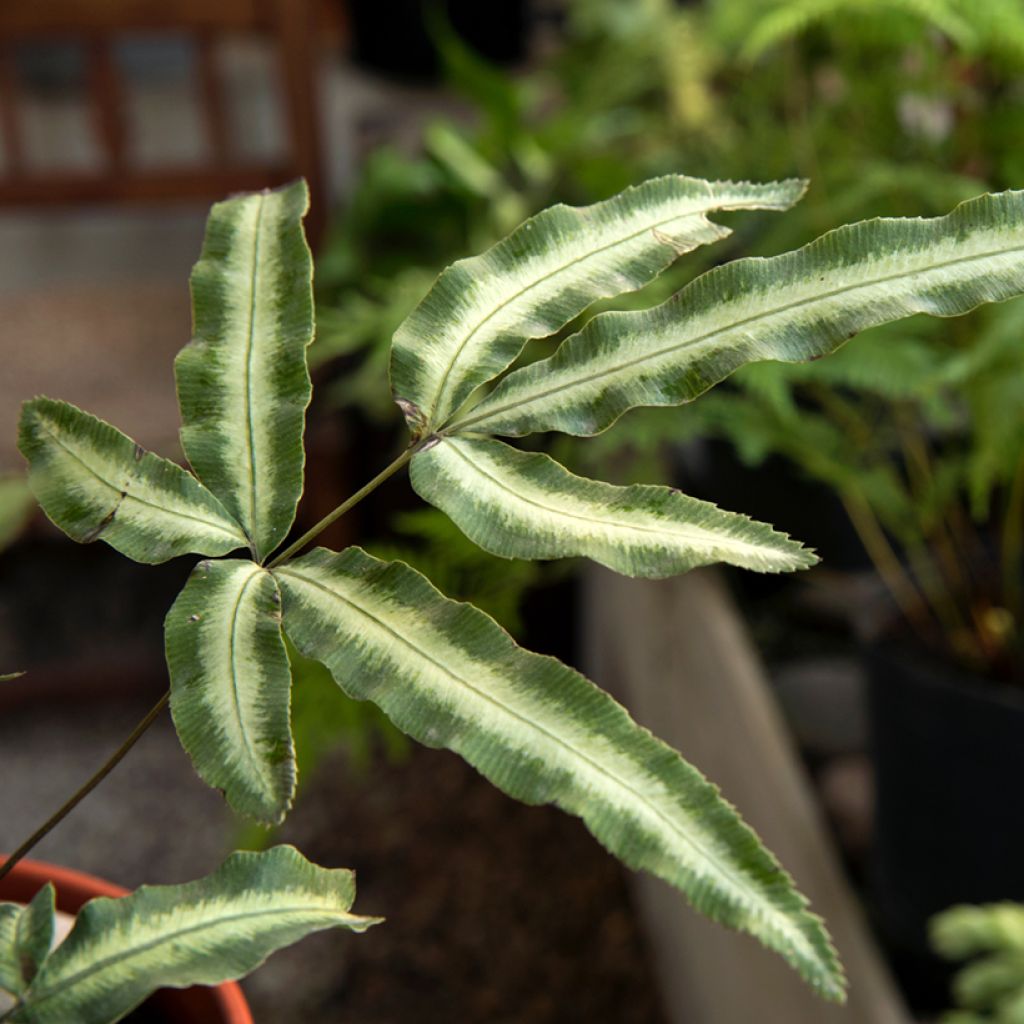

Pteris nipponica (= Pteris cretica albolineata) - Fougère persistante
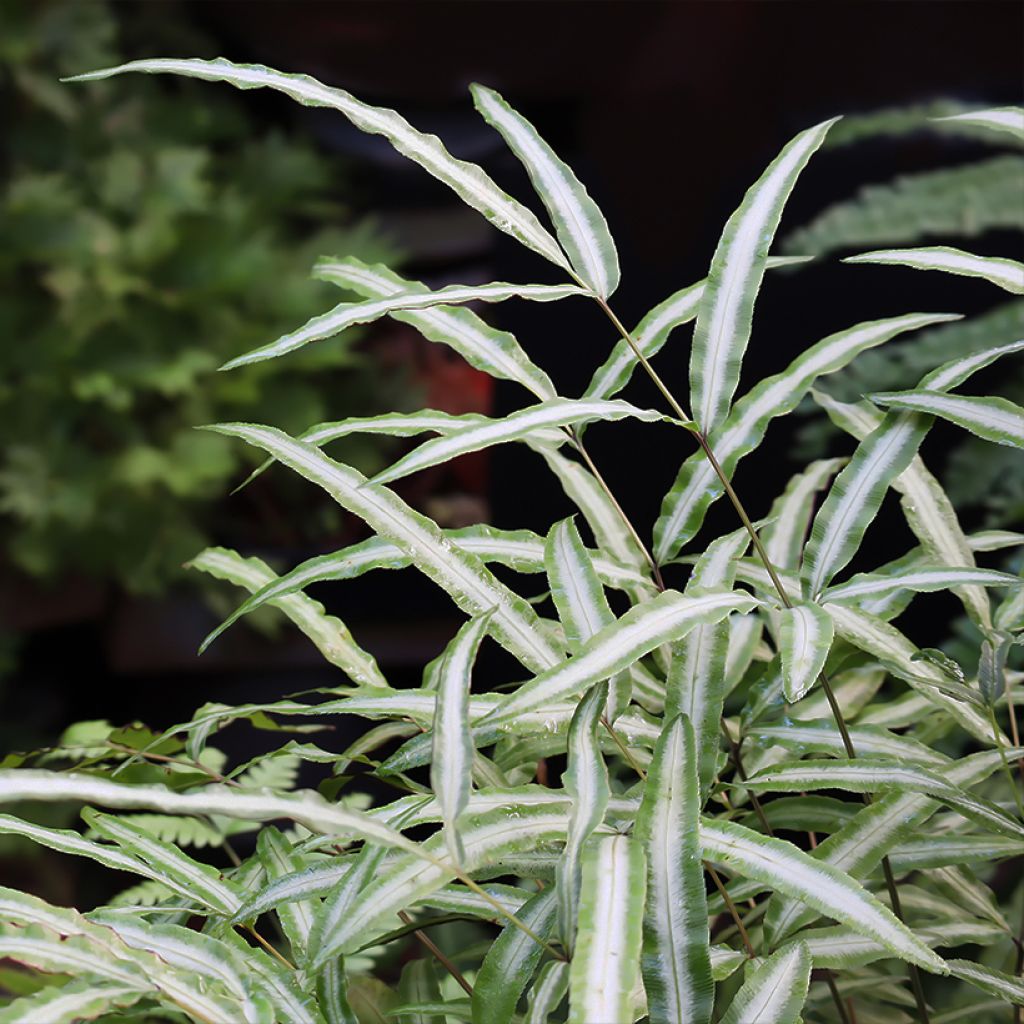

Pteris nipponica (= Pteris cretica albolineata) - Fougère persistante
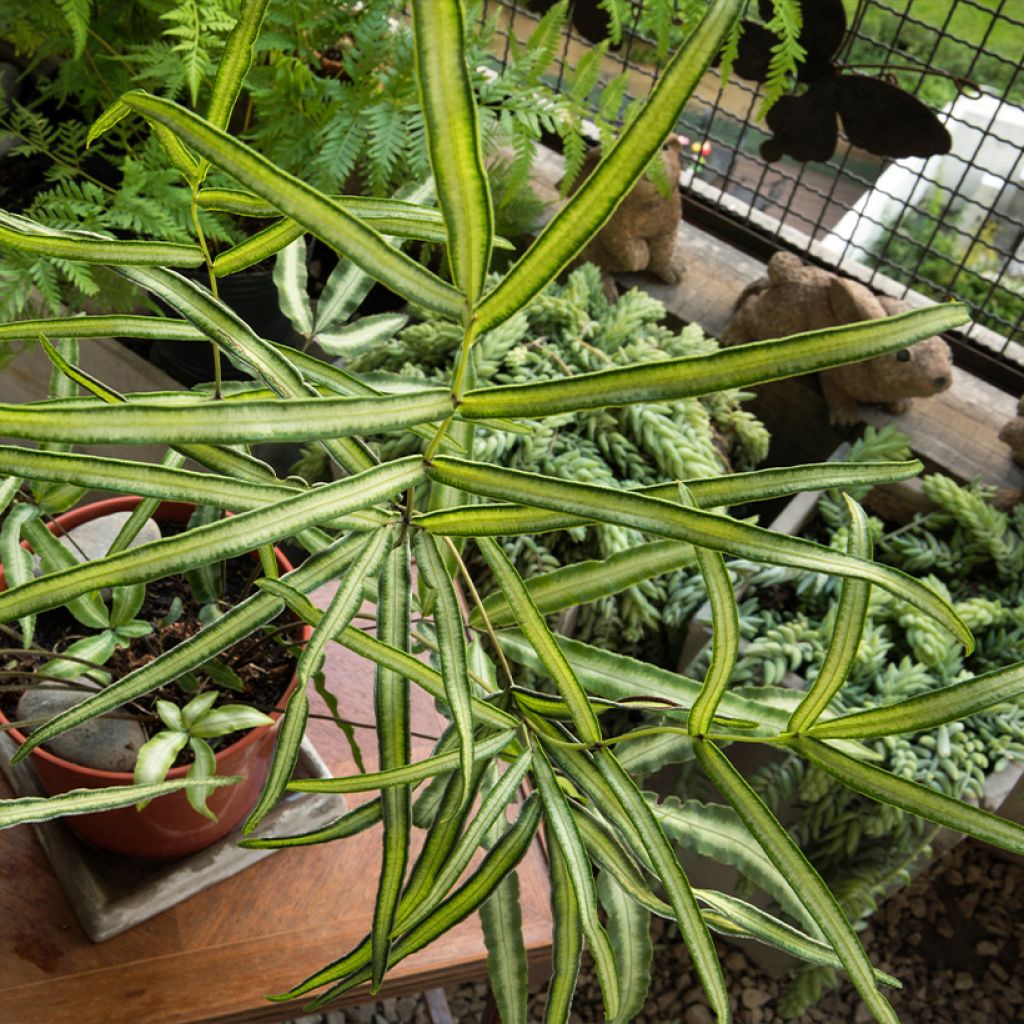

Pteris nipponica (= Pteris cretica albolineata) - Fougère persistante
Pteris nipponica - White-striped Cretan Brake
Pteris nipponica
White-striped Cretan Brake
This item cannot be shipped to the selected country
Delivery charge from €5.90
More information
Schedule delivery date,
and select date in basket
This plant carries a 12 months recovery warranty
More information
We guarantee the quality of our plants for a full growing cycle, and will replace at our expense any plant that fails to recover under normal climatic and planting conditions.
From €5.90 for pickup delivery and €6.90 for home delivery
Express home delivery from €8.90.
Does this plant fit my garden?
Set up your Plantfit profile →
Description
The Pteris nipponica, also known as Pteris cretica var. albolineata, or Pteris parkeri, is a tropical fern that is not very hardy and is appreciated as an indoor plant for the graphic design of its variegated foliage, composed of long fronds divided into leaflets with a very light middle zone. It is a small fern, very bright, quite easy to grow in not too dry environments. It will be grown in sandy, non-calcareous and moist but not waterlogged soil. It can be grown outdoors in mild and humid climates.
The Pteris nipponica belongs to the family of Pteridaceae, which includes 1150 species native to tropical or arid regions. This semi-hardy botanical species is native to Japan, South Korea and Taiwan. It does not tolerate frost below -6°C (21.2°F) and is sensitive to dry atmospheres. It is a perennial fern with short creeping rhizomes, forming a pretty clump with an upright, light and elegant habit, reaching about 40 cm (16in) in height and 50 cm (20in) in width. The sterile fronds are spread out and divided into fairly wide leaflets, striped with whitish-green on a bright to dark green background. In late spring, the fertile fronds appear, tall and composed of linear segments, also variegated with very light green in the middle. The foliage persists throughout the year.
Pteris ferns are very elegant ferns with great ornamental value, but they are not well suited for outdoor cultivation in most European climates. Pteris nipponica requires environments resembling tropical forests to thrive: filtered light, mild temperatures in winter and summer, and not too dry air. It can be planted in pots, containers, alone or with shade-loving perennials. To accompany it, consider, asparagus ferns, other ferns such as Athyrium Metallicum or Polystichum, colourful Heucheras, Pellea rotundifolia, New Guinea impatiens, plecthranthus, and other African violets.
Report an error about the product description
Pteris nipponica - White-striped Cretan Brake in pictures
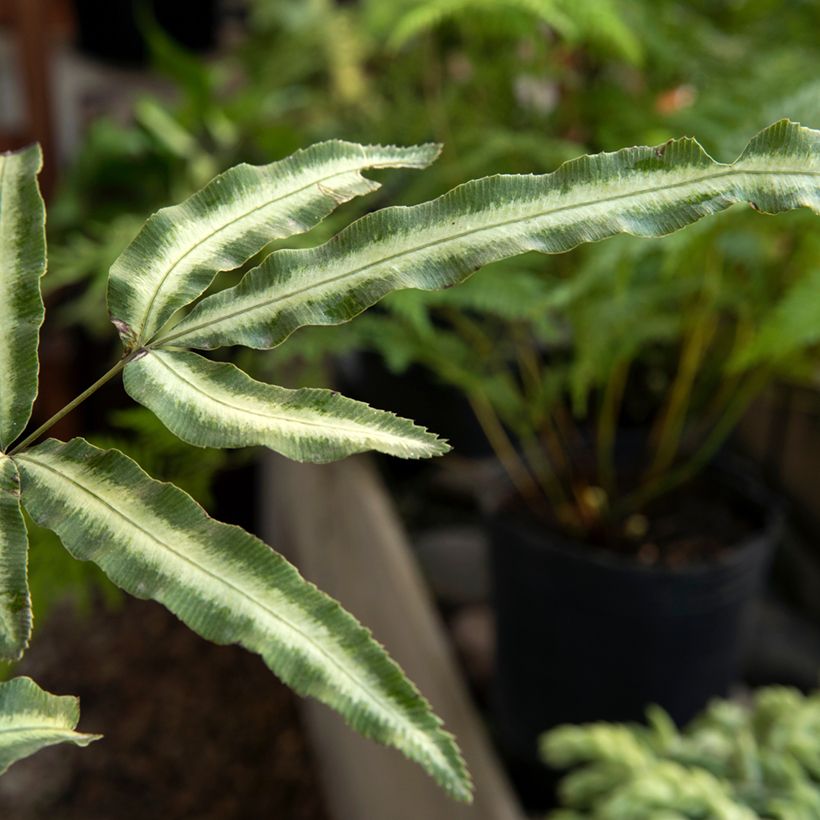

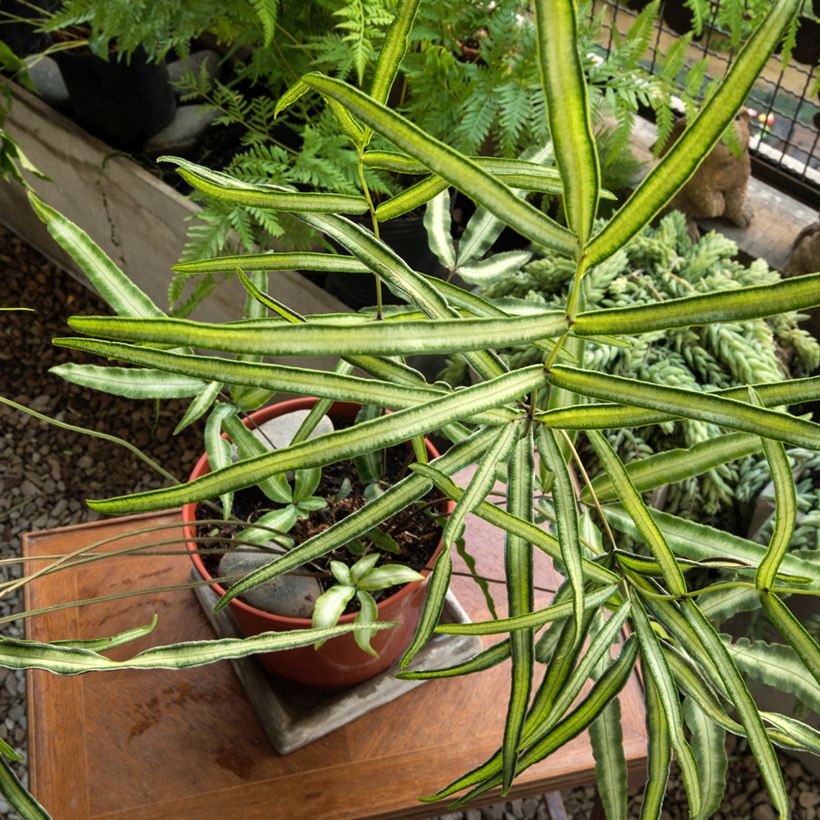

Foliage
Plant habit
Botanical data
Pteris
nipponica
Pteridaceae
White-striped Cretan Brake
Southeast Asia
Planting and care
Pteris nipponica are tender plants, semi-hardy, mostly grown indoors, in a conservatory or in a brightly lit, minimally heated room. This fern will perish below -6 °C. It can only be cultivated in open ground in our mildest regions, mild in winter, temperate and humid in summer. Elsewhere, it will spend the warm season on a shaded terrace or balcony and will be stored in a frost-free, bright room without direct sunlight in winter. Plant it in good quality soil mixed with a little sand. The growing substrate, non-calcareous (pH <6), should always remain slightly moist, but not waterlogged. Do not leave a saucer under the pot, as excess moisture can cause the roots to rot. Regularly apply green plant fertiliser between March and September. Also, spray the foliage with rainwater whenever necessary during the warm season, as well as in winter.
To repot your fern, wait until the pot is filled with roots and preferably do it in spring. You can also divide the clump so that each division has a healthy piece of rootstock and several fronds.
Planting period
Intended location
Care
This item has not been reviewed yet - be the first to leave a review about it.
Shade-loving perennials
Haven't found what you were looking for?
Hardiness is the lowest winter temperature a plant can endure without suffering serious damage or even dying. However, hardiness is affected by location (a sheltered area, such as a patio), protection (winter cover) and soil type (hardiness is improved by well-drained soil).

Photo Sharing Terms & Conditions
In order to encourage gardeners to interact and share their experiences, Promesse de fleurs offers various media enabling content to be uploaded onto its Site - in particular via the ‘Photo sharing’ module.
The User agrees to refrain from:
- Posting any content that is illegal, prejudicial, insulting, racist, inciteful to hatred, revisionist, contrary to public decency, that infringes on privacy or on the privacy rights of third parties, in particular the publicity rights of persons and goods, intellectual property rights, or the right to privacy.
- Submitting content on behalf of a third party;
- Impersonate the identity of a third party and/or publish any personal information about a third party;
In general, the User undertakes to refrain from any unethical behaviour.
All Content (in particular text, comments, files, images, photos, videos, creative works, etc.), which may be subject to property or intellectual property rights, image or other private rights, shall remain the property of the User, subject to the limited rights granted by the terms of the licence granted by Promesse de fleurs as stated below. Users are at liberty to publish or not to publish such Content on the Site, notably via the ‘Photo Sharing’ facility, and accept that this Content shall be made public and freely accessible, notably on the Internet.
Users further acknowledge, undertake to have ,and guarantee that they hold all necessary rights and permissions to publish such material on the Site, in particular with regard to the legislation in force pertaining to any privacy, property, intellectual property, image, or contractual rights, or rights of any other nature. By publishing such Content on the Site, Users acknowledge accepting full liability as publishers of the Content within the meaning of the law, and grant Promesse de fleurs, free of charge, an inclusive, worldwide licence for the said Content for the entire duration of its publication, including all reproduction, representation, up/downloading, displaying, performing, transmission, and storage rights.
Users also grant permission for their name to be linked to the Content and accept that this link may not always be made available.
By engaging in posting material, Users consent to their Content becoming automatically accessible on the Internet, in particular on other sites and/or blogs and/or web pages of the Promesse de fleurs site, including in particular social pages and the Promesse de fleurs catalogue.
Users may secure the removal of entrusted content free of charge by issuing a simple request via our contact form.
The flowering period indicated on our website applies to countries and regions located in USDA zone 8 (France, the United Kingdom, Ireland, the Netherlands, etc.)
It will vary according to where you live:
- In zones 9 to 10 (Italy, Spain, Greece, etc.), flowering will occur about 2 to 4 weeks earlier.
- In zones 6 to 7 (Germany, Poland, Slovenia, and lower mountainous regions), flowering will be delayed by 2 to 3 weeks.
- In zone 5 (Central Europe, Scandinavia), blooming will be delayed by 3 to 5 weeks.
In temperate climates, pruning of spring-flowering shrubs (forsythia, spireas, etc.) should be done just after flowering.
Pruning of summer-flowering shrubs (Indian Lilac, Perovskia, etc.) can be done in winter or spring.
In cold regions as well as with frost-sensitive plants, avoid pruning too early when severe frosts may still occur.
The planting period indicated on our website applies to countries and regions located in USDA zone 8 (France, United Kingdom, Ireland, Netherlands).
It will vary according to where you live:
- In Mediterranean zones (Marseille, Madrid, Milan, etc.), autumn and winter are the best planting periods.
- In continental zones (Strasbourg, Munich, Vienna, etc.), delay planting by 2 to 3 weeks in spring and bring it forward by 2 to 4 weeks in autumn.
- In mountainous regions (the Alps, Pyrenees, Carpathians, etc.), it is best to plant in late spring (May-June) or late summer (August-September).
The harvesting period indicated on our website applies to countries and regions in USDA zone 8 (France, England, Ireland, the Netherlands).
In colder areas (Scandinavia, Poland, Austria...) fruit and vegetable harvests are likely to be delayed by 3-4 weeks.
In warmer areas (Italy, Spain, Greece, etc.), harvesting will probably take place earlier, depending on weather conditions.
The sowing periods indicated on our website apply to countries and regions within USDA Zone 8 (France, UK, Ireland, Netherlands).
In colder areas (Scandinavia, Poland, Austria...), delay any outdoor sowing by 3-4 weeks, or sow under glass.
In warmer climes (Italy, Spain, Greece, etc.), bring outdoor sowing forward by a few weeks.





































